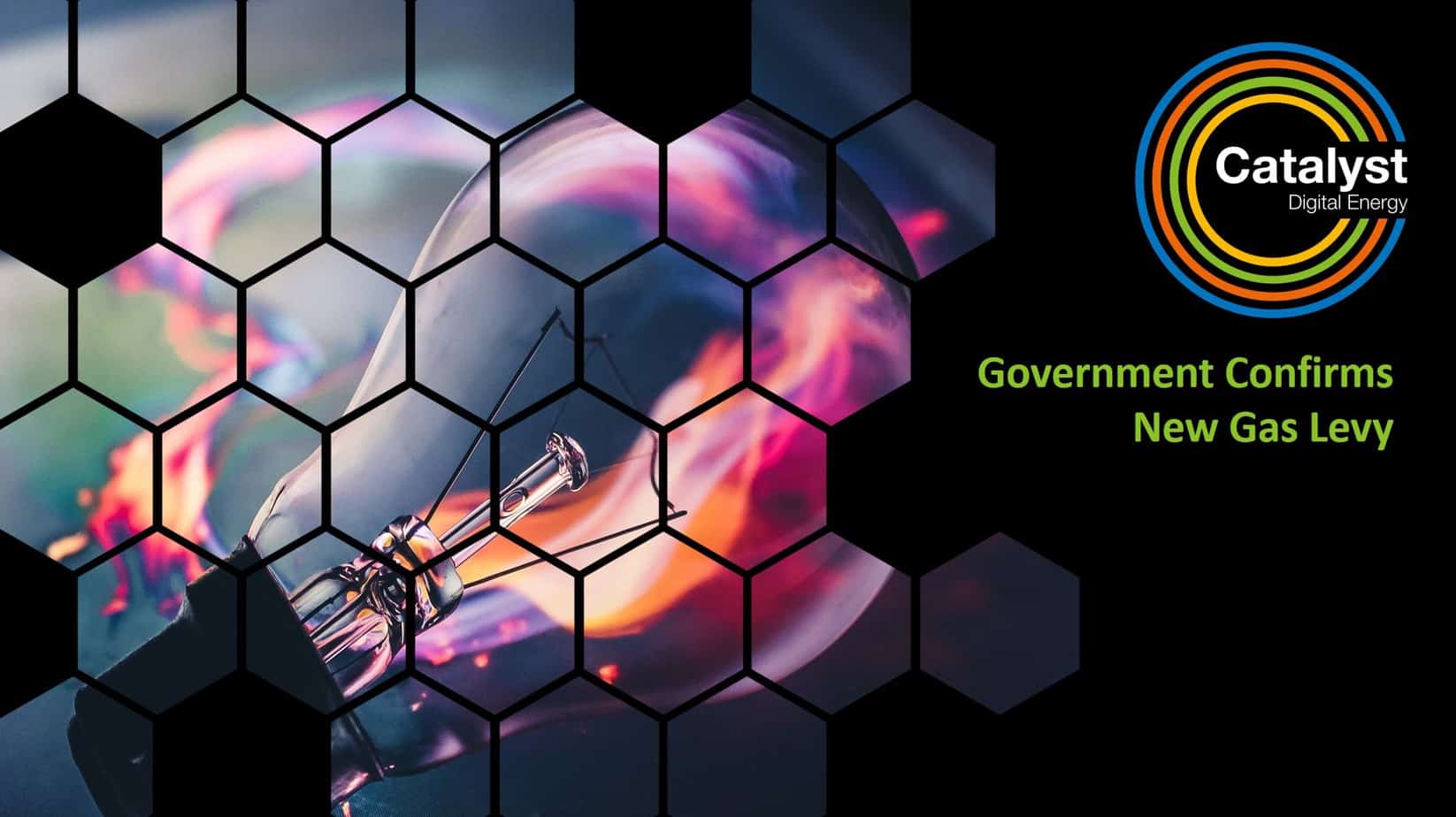New Gas Levy ConfirmedThe government confirmed on 17 March its intention to bring in a new levy on gas use this autumn to support a scheme to increase the amount of green gas on the system.

Government Confirm New Gas Levy
The government confirmed on the 17th March its intention to bring in a new levy on gas use this autumn to support a scheme to increase the amount of green gas on the system.
The Green Gas Support Scheme (GGSS) is expected to launch in autumn this year and will be open for applications until autumn 2025.
The key aims of the GGSS is to encourage deployment of new anaerobic digestion biomethane plants to increase the proportion of green gas in the gas grid, create jobs and attract investment.
The GGSS will support biomethane injection into the gas grid through a 15-year tariff. The government said this strikes the right balance between achieving the key scheme objective of delivering carbon savings, while also ensuring value for money.
Green Gas Levy (GGL)
In order to pay for this, the government will launch the Green Gas Levy (GGL) at the same time. The GGL is being launched with a per meter point design that would see levy costs distributed amongst gas suppliers according to the number of gas meters that they supply.
The government intends to transition to a volumetric levy design as soon as possible, subject to feasibility issues being overcome. The main factor behind the initial flat levy design, which BEIS says is simpler to implement, is to ensure the GGL is in place ready for the start of the GGSS.
The GGL will apply to “designated fossil fuel suppliers” of gas. Gas suppliers who can evidence that they have serviced 95% to 100% of their gas portfolio with green gas for the entirety of a levy scheme year (i.e. 1 April to 31 March) will be excluded from paying the levy for that year.
The original government proposal was to only exempt suppliers of 100% green gas, but it decided that a threshold of 95% rather than 100% provides a buffer that is necessary to mitigate the risk of 100% green gas suppliers being inadvertently charged.
This threshold, the government reasoned, also reduces the administrative and financial burdens on both suppliers and the administrator associated with charging backdated levy payments where a green gas supplier drops slightly below 100% green gas supplied.
In terms of bill payer impact, the government said it recognises the concerns raised by respondents regarding the effect that a flat rate levy could have on low income and vulnerable households.
It says this would be “in a wider context of a range of policies to tackle fuel poverty”, including the Warm Home Discount (WHD). Also announced in the consultation, the government will “likely” consult “later this year” on proposals to increase the WHD rebate to £150 off energy bills each winter.
About Catalyst
Catalyst Digital Energy is an award-winning energy consultancy with a focus on digital energy services, total energy contract lifecycle management and energy management services. It is revolutionising how businesses manage energy with its unique Energy Spend Management Platform, which is powered by Robotic Process Automation (RPA) EaaSi®.
Catalyst is digitising all aspects of energy, including billing, data, consumption, spend, payments, procurement and emissions reporting. When combined with its fully funded renewable energy solutions, Catalyst offers a unique and powerful approach to managing energy.
